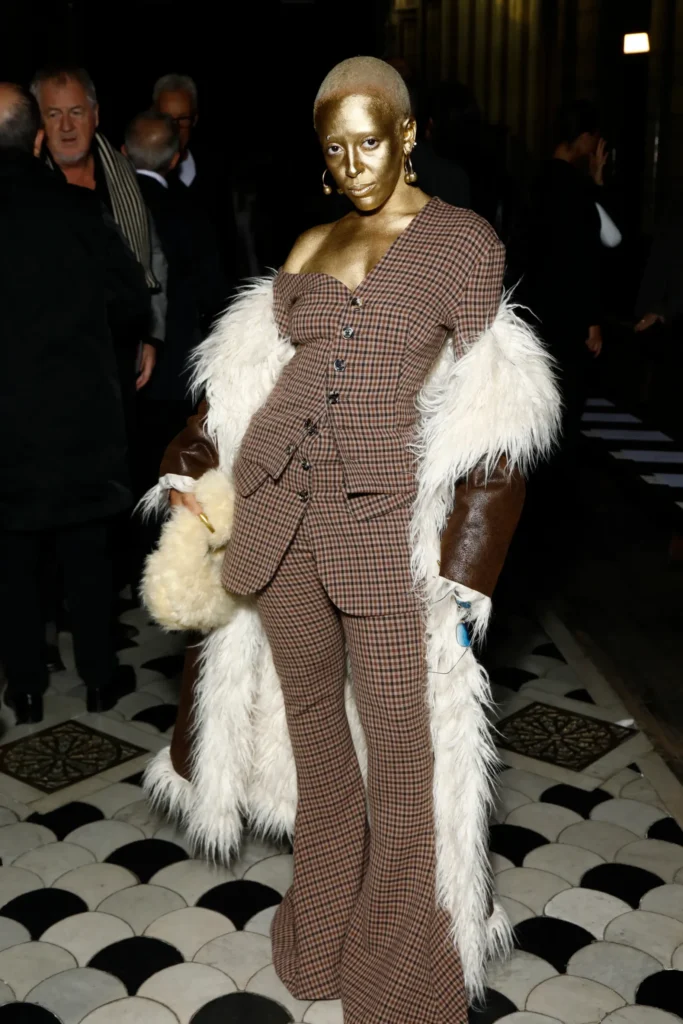What Is a Fashion Week? History and Significance
Fashion Week stands as one of the most dynamic and influential events in the global fashion industry, setting the tone for trends, creativity, and innovation. These events are not just about glamorous runway shows but also serve as critical hubs for networking, business development, and cultural exchange. To understand the true significance of Fashion Week, it is essential to explore its history, evolution, and the profound impact it has on designers, buyers, media, and consumers alike.
The Origins of Fashion Week
The concept of Fashion Week dates back to the early 20th century, though its roots are closely tied to the evolution of haute couture and fashion salons.
Early Beginnings: Fashion Salons and Private Showings
In the late 19th and early 20th centuries, Paris was the epicenter of high fashion. Designers such as Charles Frederick Worth and Paul Poiret organized private fashion salons where elite clients previewed collections. These exclusive events laid the groundwork for the structured runway shows we know today.
The First Fashion Week (New York, 1943)
The modern iteration of Fashion Week began in New York City during World War II. Eleanor Lambert, a pioneering publicist, organized the first “Press Week” in 1943 to divert attention from Parisian fashion, which was inaccessible due to the war. This event showcased American designers and marked the birth of Fashion Week as a formalized event.
Global Expansion
Following the success of New York’s Press Week, other fashion capitals established their own Fashion Weeks:
- Paris (1945): Paris resumed its dominance with structured shows post-war.
- Milan (1958): Renowned for luxury craftsmanship, Milan became a staple for showcasing Italian fashion.
- London (1984): Known for its avant-garde and experimental designers.
Today, these four cities form the “Big Four” of Fashion Weeks: New York, Paris, Milan, and London.
The Structure of Fashion Week
A typical Fashion Week spans several days and follows a structured schedule:
- Runway Shows: Designers present their collections through choreographed catwalk events.
- Presentations: Smaller, more intimate showcases where attendees can interact with the garments.
- Trade Shows: Opportunities for buyers and retailers to view and place orders for collections.
- Networking Events: Parties, panel discussions, and meet-ups foster connections within the industry.
The Significance of Fashion Week
Fashion Week is far more than just a spectacle—it plays a crucial role in shaping the industry.
1. Trendsetting and Innovation
Fashion Weeks are the birthplace of trends that influence global fashion for seasons to come. Designers use these platforms to experiment with new ideas, materials, and techniques.
2. Brand Visibility and Promotion
Emerging and established designers alike benefit from the exposure gained during Fashion Week. A successful show can catapult a brand into global recognition.
3. Business and Commerce
Fashion Weeks are critical for business development:
- Buyers: Retailers attend to place orders for upcoming collections.
- Media: Journalists and influencers provide coverage, shaping public perception.
- Investors: Potential backers scout for promising designers.
4. Cultural Exchange
Fashion Weeks often celebrate diversity and cross-cultural influences, fostering a global dialogue on style and creativity.
5. Sustainability Initiatives
As the industry grapples with environmental challenges, Fashion Weeks have become platforms for promoting sustainable practices.
Iconic Moments in Fashion Week History
- Alexander McQueen’s 1999 Show: The designer’s robotic spray-painting performance remains one of the most memorable moments in fashion history.
- Karl Lagerfeld’s Chanel Supermarket (2014): A runway transformed into a full-scale supermarket highlighted the theatrical possibilities of Fashion Week.
- Rihanna’s Savage X Fenty (2018): A celebration of inclusivity and diversity that challenged traditional notions of beauty.
The Digital Transformation of Fashion Week
The COVID-19 pandemic accelerated the digitalization of Fashion Weeks. Virtual shows, augmented reality experiences, and livestreamed events have become integral parts of the experience.
Benefits of Digital Fashion Weeks:
- Accessibility: Global audiences can participate without physical travel.
- Sustainability: Reduced carbon footprint compared to traditional events.
- Innovation: Enhanced storytelling through digital technologies.
The Future of Fashion Week
As technology and consumer preferences evolve, Fashion Week is poised to undergo significant changes.
Emerging Trends:
- Hybrid Events: A blend of physical and virtual experiences.
- Sustainability Focus: Increased emphasis on eco-friendly practices.
- Inclusivity: Greater representation of diverse voices and perspectives.
Conclusion: The Enduring Power of Fashion Week
Fashion Week is a testament to the enduring power of creativity, collaboration, and innovation. It serves as a beacon for the global fashion industry, inspiring designers, fueling business growth, and captivating audiences worldwide. As it continues to evolve, Fashion Week will remain a vital platform for shaping the future of fashion—and by extension, culture itself.



